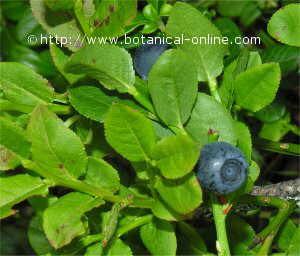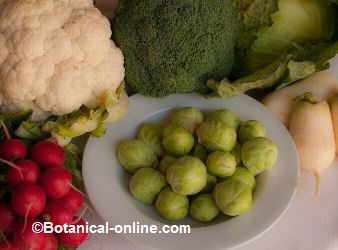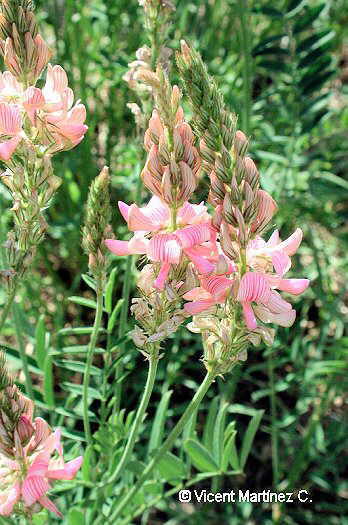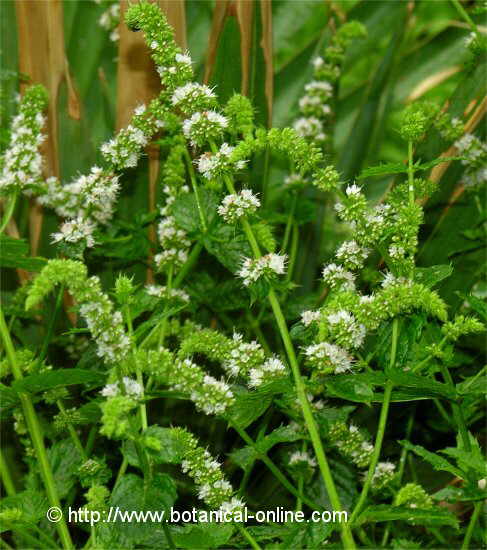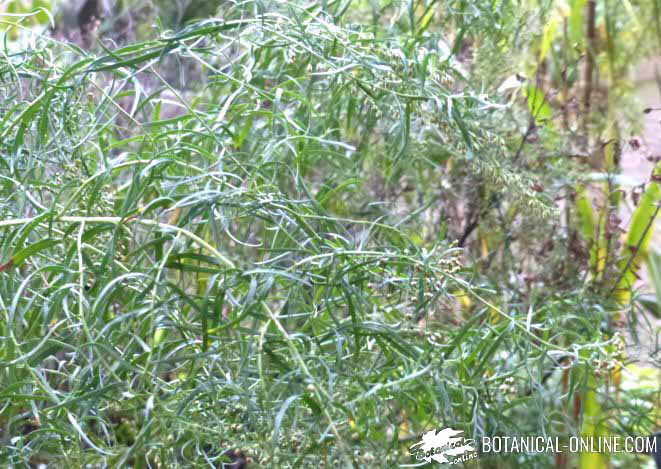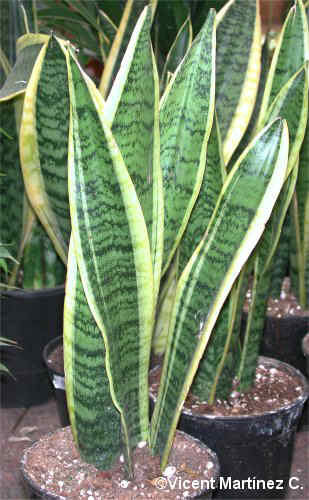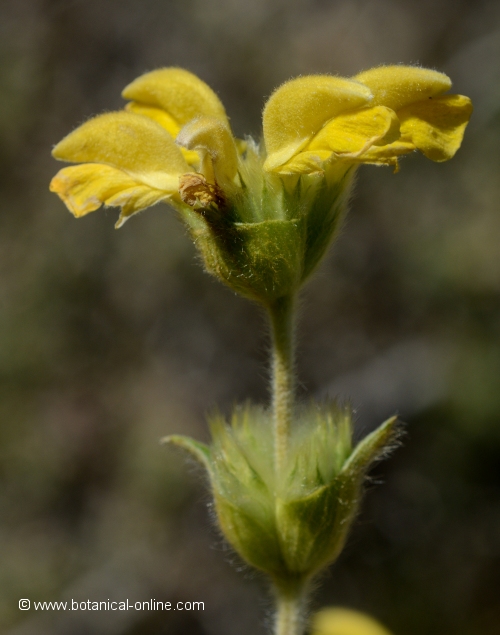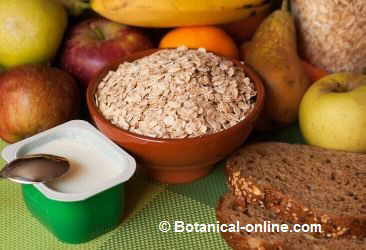Contents
- 1 Characteristics of capsaicin
- 1.1 What is capsaicin?
- 1.2 Where is the capsaicin obtained?
- 1.3 Taste of capsaicin
- 1.4 What kind of peppers or hot peppers have the most capsaicin?
- 1.5 Functions of capsaicin in plants
- 1.6 In what part of the fruit is capsaicin?
- 1.7 How hot is capsaicin?
- 1.8 Why does capsaicin itch?
- 1.9 Properties of capsinoids of peppers
- 1.10 Is capsaicin a safe product?
Characteristics of capsaicin
What is capsaicin?
Capsaicin is a substance that is not soluble in water, colorless, odorless. In small doses produces a sensation of heat in the mouth and, as the dose is increased, produces a painful sensation by stimulation of sensitive neurons of the mouth or skin.
Where is the capsaicin obtained?
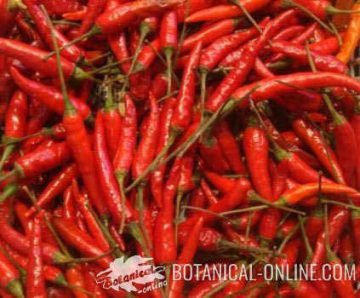
Capsaicin is a component manufactured by plants. It is mainly found in peppers (Capsicum ssp.) But also, to a lesser extent, it appears in ginger (Zingiber officinale).
Taste of capsaicin
Capsaicin and other capsinoids are responsible for the spicy taste of these plants.
What kind of peppers or hot peppers have the most capsaicin?
All peppers contain this principle, but their proportion varies according to the species. The genus Capsicum belongs to the Solanaceae family and includes 22 wild plants, of which 5 are cultivated:
- Hot pepper, red chilli pepper, hot pepper or pepper (Capsicum annum) -with all its varieties-
- Habanero pepper (Capsicum chinense)
- Tabasco pepper (Capsicum frutescens)
- Pickled chili pepper (Capsicum baccatum)
- Wax chili, manzano chili, locoto, perón or rocoto (Capsicum pubescens).
The most spicy type of chili is habanero pepper (Capsicum chinense), followed by hot pepper, red chili pepper or chili pepper (Capsicum annum). The variety, the climatic and cultivation conditions (heat and drought increase the capsaicin content of the fruits), can cause variations in the capsaicin content of these foods.
Functions of capsaicin in plants
Capsaicin is manufactured by plants as a defensive medium to protect against the attack of herbivorous animals.
In what part of the fruit is capsaicin?
The part of the fruit richest in capsaicin is the placenta, that is, the central white part of the peppers inside it (86% of the total content of capsaicin). In smaller quantities, it is also found in the rest of the fruit (6% in the pericarp) and in the seeds (8%). Even less, in the leaves of the plant near the fruit.
How hot is capsaicin?
Traditionally, the spicy value of the peppers has been measured in units of Scoville (Scoville Heat Scale) according to the system that Wilson Scoville, designed at the beginning of the 20th century. Currently, they are measured according to the scale called “Official Chili Scale”. According to this scale, we would have the following possible measurements (from less to more spicy):
| Official scale of the spiciness of chili from lowest to highest degree of bitterness in relation to Scoville units | ||
|---|---|---|
| Values of Official Chili Scale | units of Scoville | Examples |
| 0 | < 100 | Common or sweet pepper |
| 1 | 100-500 | Mexican pepper |
| 2 | 500 – 1000 | Big Jim |
| 3 | 1000 – 1500 | Ancho hot pepper |
| 4 | 1500 -2500 | Bell pepper |
| 5 | 2.500 – 5000 | Jalapeno hot pepper |
| 6 | 5000 – 15.000 | Serrano hot pepper |
| 7 | 15000- 30.000 | Manzano pepper, chile de arbol |
| 8 | 30.000 – 50. 000 | Cayenne pepper |
| 9 | 50. 000 – 100.000 | Thai pepper |
| 10 | 100.000 – 350.000 | Habanero hot pepper(Capsicum chinense) |
* Pure capsaicin = 16.000.000 units of Scoville.
Why does capsaicin itch?
The brain captures a message of pain (spicy) and reacts by producing endorphins substances, very similar in structure to morphine, capable of eliminating the sensation of pain.
On the other hand, besides “cheating pain”, it has been shown that this component is capable of neutralizing substance P, a transmitter of pain from the periphery to the brain. By decreasing this substance, the brain does not receive enough pain signals from the affected area.
Properties of capsinoids of peppers
The spicy component of chili are the capsinoids, which are substances with properties:
- Natural anti-inflammatory (both in external and internal use)
- They act as natural antibiotics
- Analgesic
- Thermogenic effect
- They are able to stimulate weight loss
Is capsaicin a safe product?
Capsaicin has a series of contraindications and side effects that have to be taken into account before using it.
![]() More information on capsaicin and hot peppers
More information on capsaicin and hot peppers

